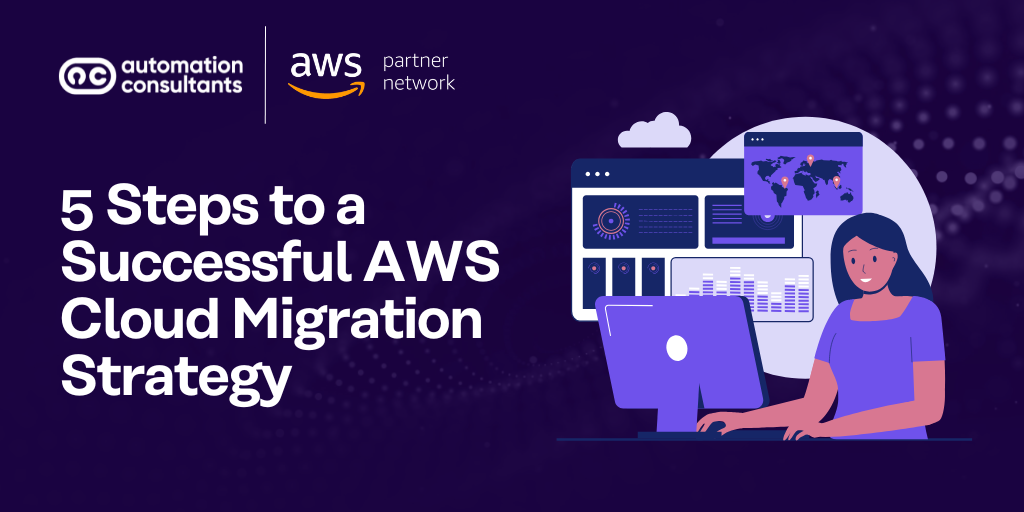When moving and/or upgrading enterprise software to a new data centre, good data migration processes need to be adhered to. We recently migrated a client’s IBM CLM set-up (including Rational Requirements Composer and Rational Team Concert) from the UK to India. Here are a few of the things you need to consider in order to avoid loss of data and extended downtime.
Firstly, have a solid schedule in place – many migrations fail due to lack of forethought. Agree a realistic timescale with management and stakeholders, and stick to it. A good plan has to account for contingencies – no matter how well-prepared you might be, you can never anticipate everything. You need to have backups available if you have to revert the database to an earlier version.
The problem won’t always be on your end – often it will originate with the software you’re migrating to. Applications added post-upgrade may restructure the database or use the information in a different way. If the program is vendor-supplied, it will come with instructions, and if it’s a tried-and-tested migration process then it will likely run well. If not, consider a test environment.
If the process is unproven or business-critical, however, using a test environment is essential on both ends: it allows you to correct any flaws in your system (or the system you’re migrating to) that could cause trouble during the migration, and will help you avoid downtime or data loss. If users need access to data while you’re testing, set your archive to read-only – and inform them that you’re doing so, so they don’t waste time making updates that get lost in the shuffle. It’s not ideal, but it’s better than no access at all.
Finally, be sure to have the proper support in place when you go live. Untrained staff can struggle with a migration after completion, and without the proper ‘early life support’, it’s possible to encounter problems like memory leaks and have no way to quickly deal with them.
A successful data migration occurs by properly weighing the dangers involved against the cost of mitigating them. It can be expensive and time-consuming, but never as costly as actually losing business-critical data. If you plan properly, and have the necessary support systems in place, you can minimise much of this risk.
See the original version of this article at ITProPortal.




